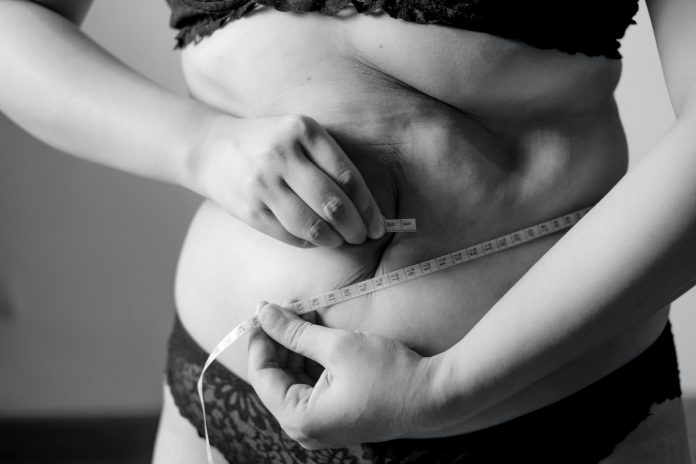Discussions about self-esteem and self-image are increasingly tackled by mental health
professionals, magazines, and research studies alike. The rise of marketing materials, photoshop, and other editing practices have been linked to a spike in poor self-esteem. This is perhaps never truer than when an individual develops symptoms of body dysmorphic disorder.
Body Dysmorphic Disorder: a Definition
Body dysmorphic disorder is a mental disorder wherein an individual is hyper focused on a certain aspect of their appearance. Considered on the spectrum of obsessive compulsive disorders, BDD is characterized by the following symptoms:
• Preoccupation with physical appearance. The precise expression of BDD will vary from person to person, but the disorder itself results in a preoccupation with some facet of one’s appearance that interferes with daily functioning. This interference can be minor, and include a fixation on appearance, including regularly seeking out mirrors and adjusting clothing or styling to cover a perceived flaw. It can also be more substantial, including enlisting expensive plastic surgery and requiring a great deal of investment of an individual’s time and money.
• A strong belief that you are legitimately deformed or unbearable to see. People with BDD experience their perceived flaw as a significant defect, not a mere nuisance. These individuals may believe that they are deformed or malformed, and may try to hide their supposed flaw at any cost.
• Social withdrawal. BDD can cause social withdrawal, because individuals with BDD may feel as though they are too deformed to be seen in public, and may avoid work, friendships, and other social situations. If these situations cannot be avoided, those with BDD may experience symptoms of social anxiety.
• Significant distress and changes to structure or routine as a result of body-related thoughts and beliefs. BDD is not a diagnosis given to those who simply do not like a physical feature. The dislike of the feature in question must cause significant distress to an individual, and lead to changes in routines, habits, or schedules as a result.
A Silent Disorder
Body dysmorphic disorder often goes unnoticed both by the individual exhibiting symptoms and those close to them. This is because a key feature of the disorder is its ability to warp self-image and perception. People with BDD may feel as though they are perfectly justified in focusing on their appearance, and may feel convinced that others are just as aware of and affected by their perceived flaws. Someone whose BDD focuses on their nose, for instance, may constantly worry that others can think of little more than their nose when they are conversing. Someone whose BDD is focused on the size of their musculature may wear bulky clothing and obsessively visit the gym in order to “fix” perceived flaws in their physique. It can be easy to miss the signs and symptoms of BDD, because people rarely do not often express their symptoms in a way that is visible or measurable to themselves or those around them.
Who This Disorder Impacts
Contrary to what people tend to think when body image enters the conversation, body dysphoria does not affect only women. People of all gender identities can experience body dysmorphic disorder, though different expressions of the disorder may be more common in certain sexes. Males, for instance, may be more likely to experience muscular dysphoria, or a form of the disorder wherein the body is seen as too small, or not muscular enough. Females are primarily the people affected by breast-focused dysmorphia, though males can also experience some distress in relation to breast size.
While body-focused disorders are frequently attributed to young women, body dysmorphic disorder encompasses are more than this small demographic, and is not entirely focused on weight, as articles on the subject can attest. Because the disorder can focus on virtually any part or aspect of the body, there are virtually limitless possibilities or who the disorder can impact and how it can disrupt day-to-day living. As is the case with most disorders, however, there are some risk factors associated with the development of BDD. Family history of the disorder and the presence of other disorders such as anxiety and depression may exacerbate the risk of developing body dysmorphic disorder.



